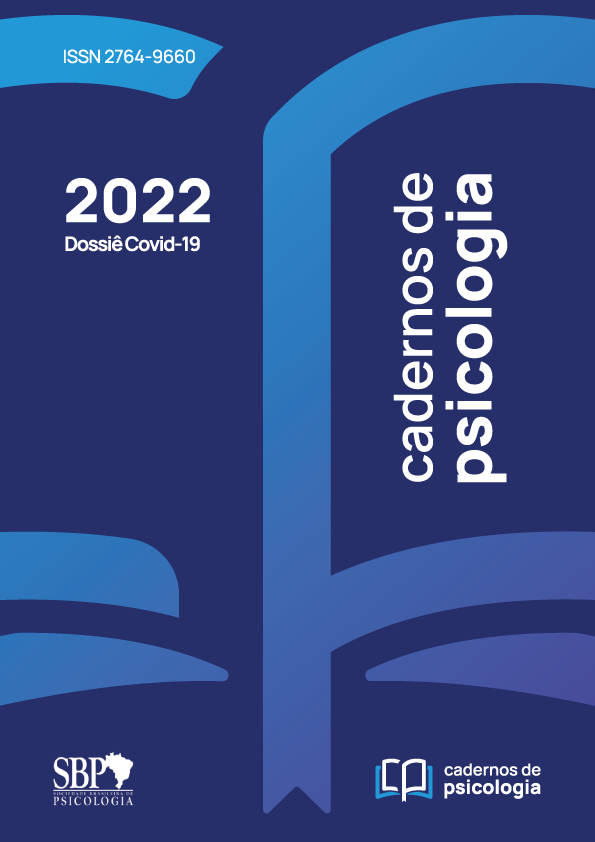(Sobre)vivência e (re)existência de pessoas em situação de rua na pandemia de Covid-19
Palavras-chave:
Análise de vulnerabilidade. COVID-19. Pessoas em situação de rua. Saúde Mental. Equidade em Saúde., Análisis de vulnerabilidad. COVID-19. Gente en la calle. Salud Mental. Equidad en Salud.Resumo
O presente estudo teve como objetivo compreender os processos de vulnerabilidade de pessoas em situação de rua durante a pandemia de COVID-19 na cidade de XXX, Amazonas, a partir das três dimensões de Ayres: individual, social e programática. Trata-se de um estudo qualitativo realizado por meio de entrevistas com dez pessoas em situação de rua acolhidas pelo Centro Pop, em XXX. Os resultados apontaram problemáticas pré-existentes ao contexto pandêmico nas três dimensões, e que se agravaram nesse cenário. As vulnerabilidades presentes no cotidiano dessas pessoas também interagiram de forma dinâmica, imbricada, de modo que um elemento influenciou ou agonizou outro, em mais de uma dimensão, simultaneamente. Observou-se dificuldades de aquisição de alimentos, baixa acessibilidade de informação sobre a doença, limitações em praticar as medidas preventivas, bem como experiências de descaso, preconceito e violência sofridas diariamente, às quais o uso abusivo de substâncias está associado. Ainda, as ações de cuidado oferecidas pela gestão pública para limitar a disseminação do vírus entre essa população se mostraram escassas, principalmente no que se refere à saúde mental.






